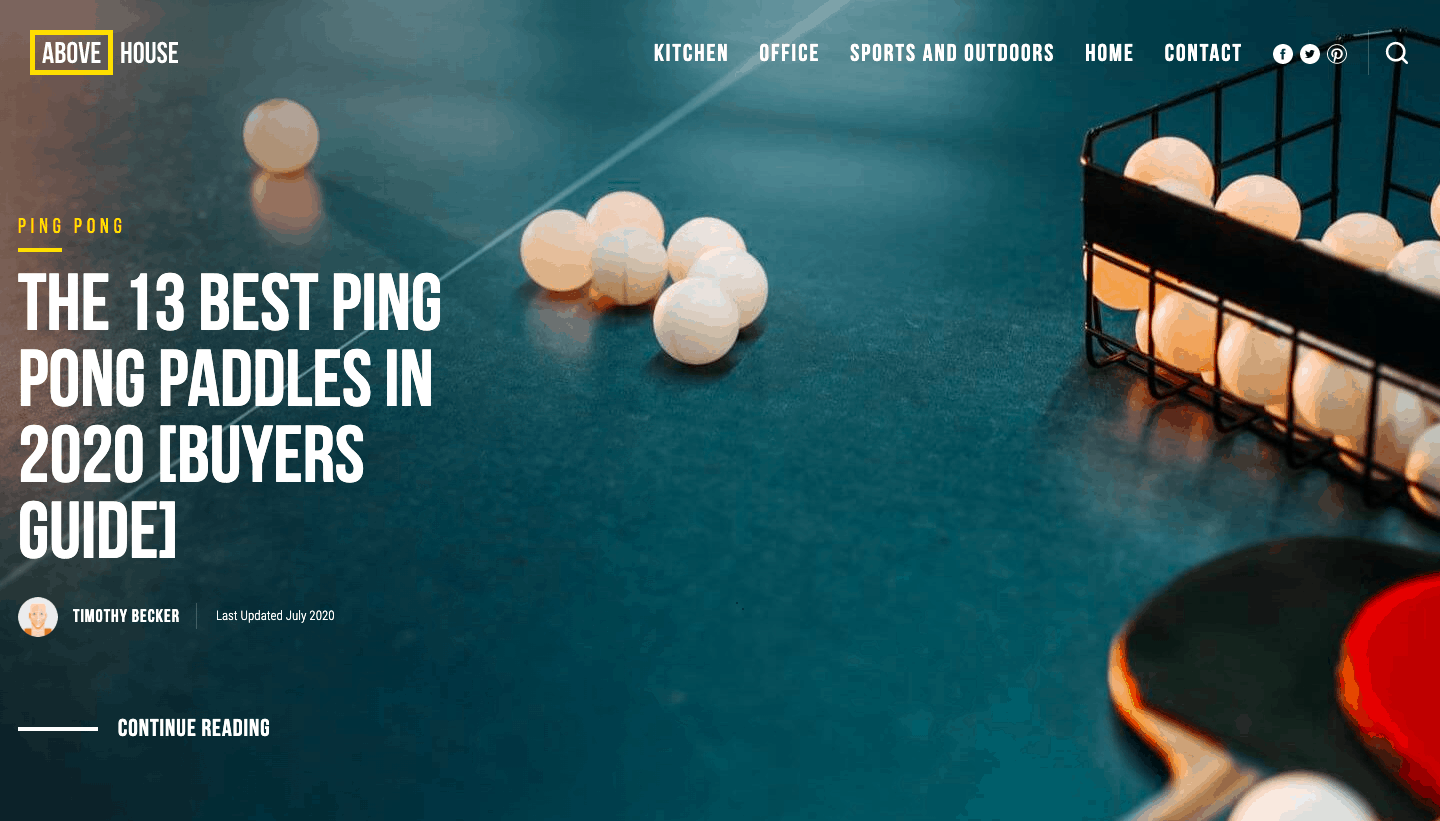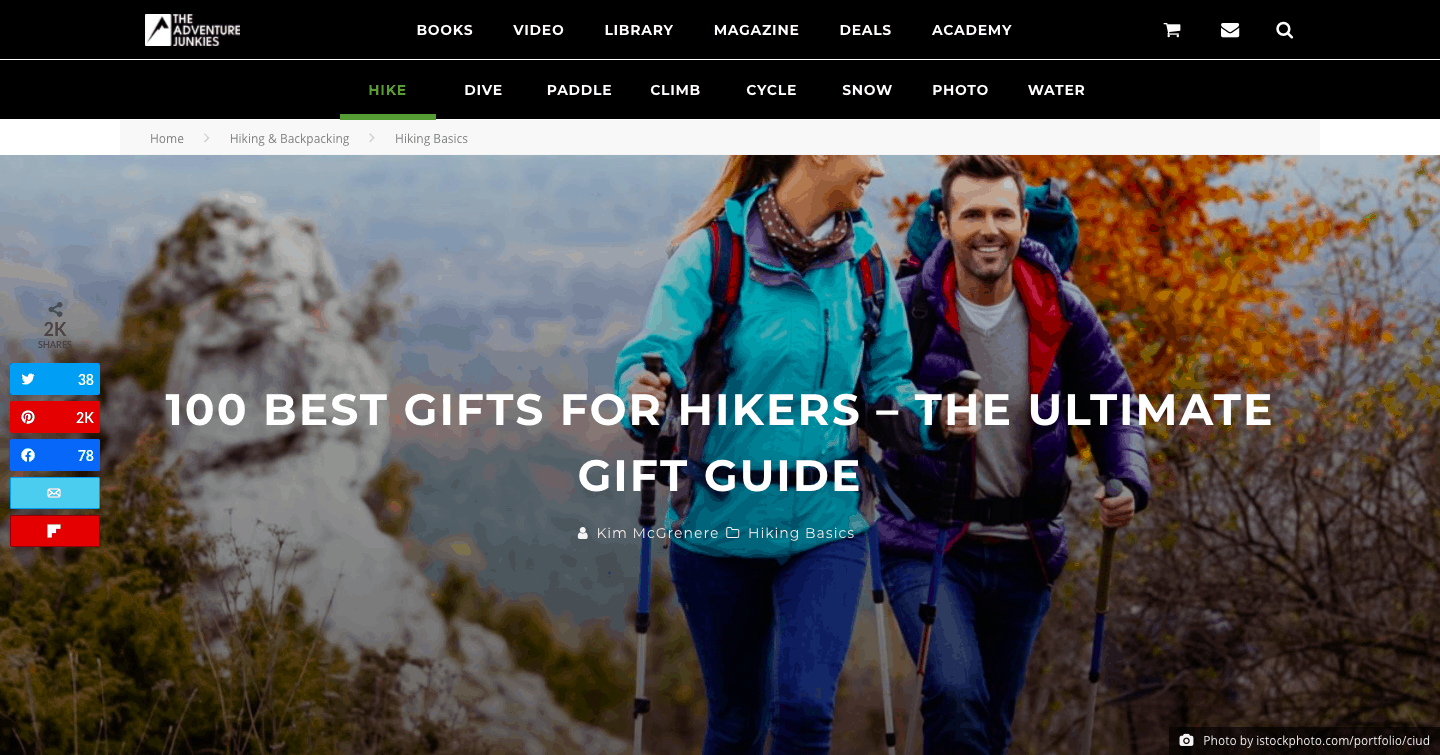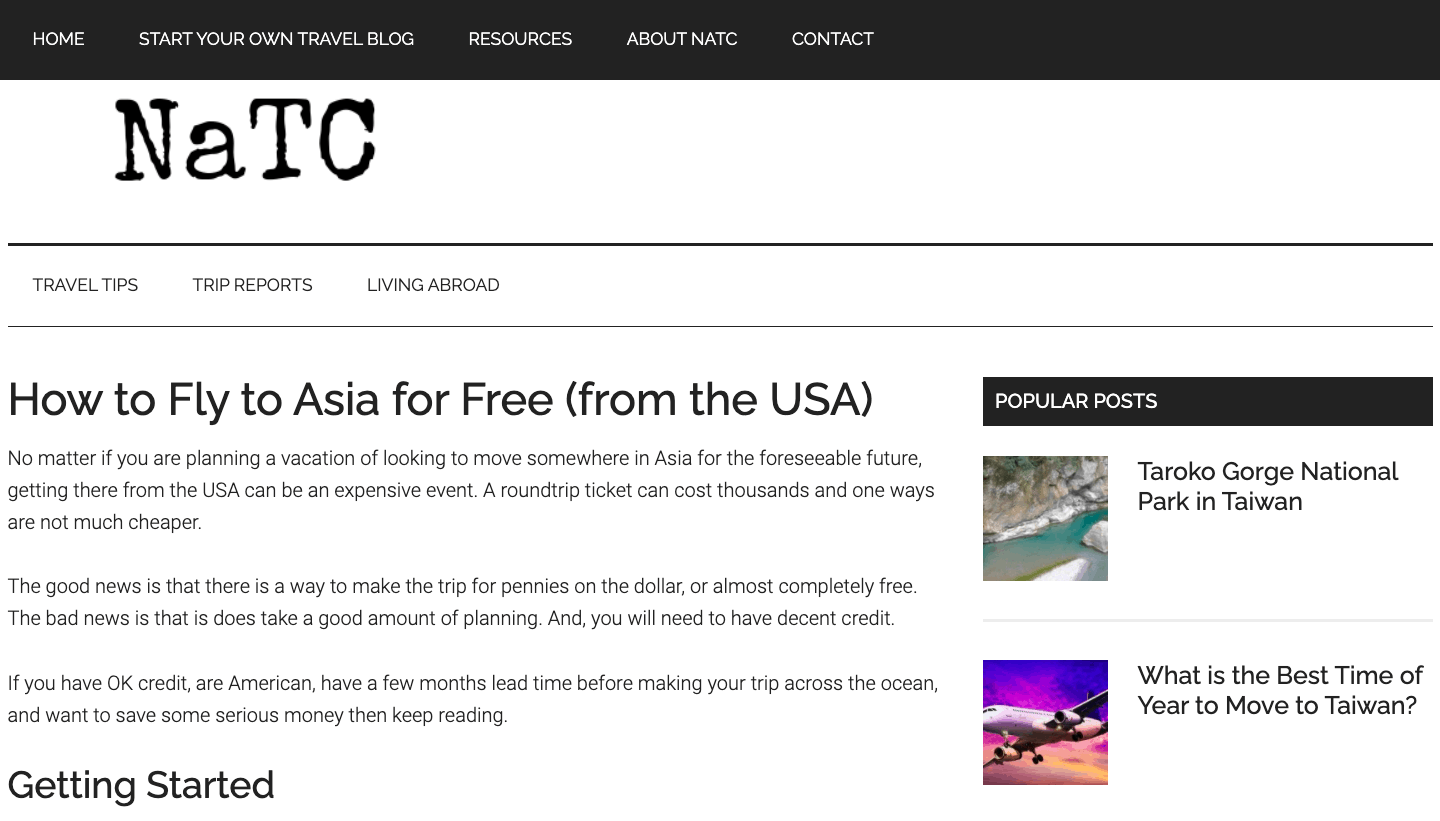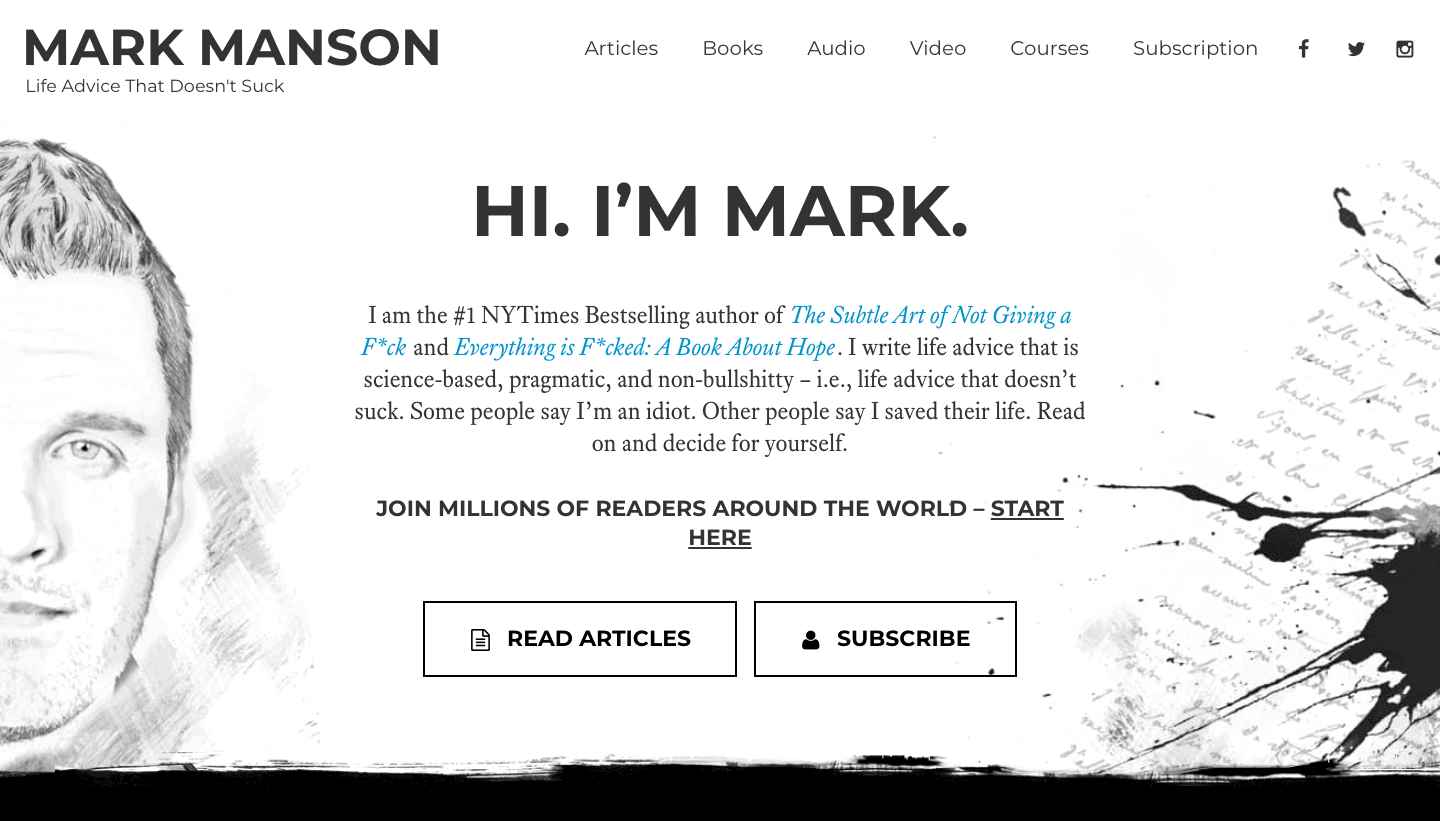Successfully monetizing a website is every online entrepreneur’s primary goal. There are many avenues to having your site generate sustainable income. Ecommerce, SaaS, or any site that facilitates a sale is one of the most obvious online business models. However, in this article, we’re going to focus on websites that make money by providing their visitors with information.
By offering exceptional value, you’ll be creating a loyal audience. Visitors will return to your site and recommend it to their friends and family, allowing you greater opportunity to generate income.
Let’s take a look at how you can go the extra mile by ensuring your readers, the visitors whose attention you’re monetizing, will have a premium experience on your site.
1. Provide Exceptional Content
For this section, we’ll be focusing specifically on affiliate marketing. While this business model does require a transactional conversion, the way it is enabled is still by providing information.
Affiliate marketing sites provide content that gives readers information on products that they wouldn’t necessarily find on the sellers’ platforms. This is done by doing research on a specific category of products and providing objective opinions on each of them.
For affiliate marketing sites, the tendency can often be to go through the motions when writing product reviews. Their focus can sometimes be to simply cram their content with as many keywords as possible to ensure a better rank on Google, rather than combining this approach with content that offers genuinely valuable information.
Above House, a leisure product review site provides a neat example of doing both these things well. Their post on the 13 Best Ping Pong Paddles isn’t simply a quick rundown of the best-selling items on Amazon, but rather a valuable deep-dive into the world of table tennis equipment. Products are reviewed in an informative, engaging, fun way. Information given on each product goes beyond simply spinning the manufacturer’s marketing material.
 Not only this, but the article is also supplemented with a detailed buyer’s guide. This section of the content is extremely valuable for first-time buyers who need additional information on the niche so that they can make an informed shopping decision.
Not only this, but the article is also supplemented with a detailed buyer’s guide. This section of the content is extremely valuable for first-time buyers who need additional information on the niche so that they can make an informed shopping decision.
2. Respect Your Readers’ Time
Articles reviewing products are often extremely long, as content creators want to maximize the chances of the reader finding something they’re willing to spend their money on.
However, giving the reader an exceptional amount of information on one page can also have the opposite effect. Laboriously trawling through a list of 100 potential gifts for a specific person may not be the ideal way for a shopper to spend their time online.
An outdoor brand, The Adventure Junkies, is very mindful of this on their blog. Their post on gifts for hikers saves the reader time, and they certainly go the extra mile to make finding the gift a more pleasant experience.
 They do this by introducing two smart content navigation techniques. The first is to organize all of their content into four categories – one for each of their target demographics. They also introduce subcategories for the amount of money the shopper is willing to spend.
They do this by introducing two smart content navigation techniques. The first is to organize all of their content into four categories – one for each of their target demographics. They also introduce subcategories for the amount of money the shopper is willing to spend.
They don’t stop there, however. The site makes it exceptionally easy to access each of these subcategories through a navigation element displayed at the very top of the article. If a visitor already knows who they’re buying the gift for and how much they’re willing to spend, all they need to do is click on the relevant link, and they’re immediately taken to an anchor link for the relevant subcategory of products.
Doing so not only makes a click-through to the seller’s site more likely, but it also buys them goodwill with their readers who, no doubt, appreciate the consideration for their time.
3. Give Your Readers Something for Free
While we wouldn’t go so far as to say that users are cynical about having their attention monetized, there’s certainly an awareness of this. Advertising fatigue is something that many marketers are becoming increasingly aware of. People spending time online are tired of being sold to.
To combat readers’ wariness of feeling like they’re just walking credit cards, it helps to create content that offers them something exceptionally valuable for free.
Not a Travel Club integrates their referral program links (the mechanisms for earning their income) into an article that shows the reader how to travel for free. While the user’s interaction with their content is, in fact, monetized, the eventual outcome of the process has cost the reader nothing but their time.
 This goes a long way towards buying the visitors’ trust in the brand’s intentions, and it promotes the actions the site wants from its visitors.
This goes a long way towards buying the visitors’ trust in the brand’s intentions, and it promotes the actions the site wants from its visitors.
4. Offer Exclusive Content for Subscribers
If the content you’re creating is genuinely insightful because of your expertise in a particular niche, it makes sense that you’d put some of the high-value stuff behind a paywall. This is a noted method of monetizing information, and it’s becoming increasingly popular among niche experts.
The key to offering value here is to ensure that your subscribers – the people who pay for access to your exclusive content – are given something truly exceptional. What you don’t want to be doing is regurgitating the content that you’re using at the top end of your sales funnel.
An excellent example of this is New York Times bestselling author Mark Manson, writer of “The Subtle Art of Not Giving a F*ck.”
 Manson used the fame that his book afforded him to create an informational website that aims to help folks cope with the challenges of the modern world. His free content is excellent, and it does a great job of driving traffic. His exclusive content, however, is truly exceptional. Proportionately, Manson offers about 66% of his advice for free, while monetizing the value-added content.
Manson used the fame that his book afforded him to create an informational website that aims to help folks cope with the challenges of the modern world. His free content is excellent, and it does a great job of driving traffic. His exclusive content, however, is truly exceptional. Proportionately, Manson offers about 66% of his advice for free, while monetizing the value-added content.
A Few Final Words
Monetizing information isn’t just about providing valuable, engaging content. It’s also about providing value in other areas of your readers’ experience on your site.
We’ve discussed four essential approaches you could take to ensure you delight your visitors, but there are many more. Keep an eye on this topic and, most importantly, always put yourself in your audience’s shoes when strategizing. Think deeply about their experience on your site, and respect their needs. This is the foundation of providing a memorable experience.




